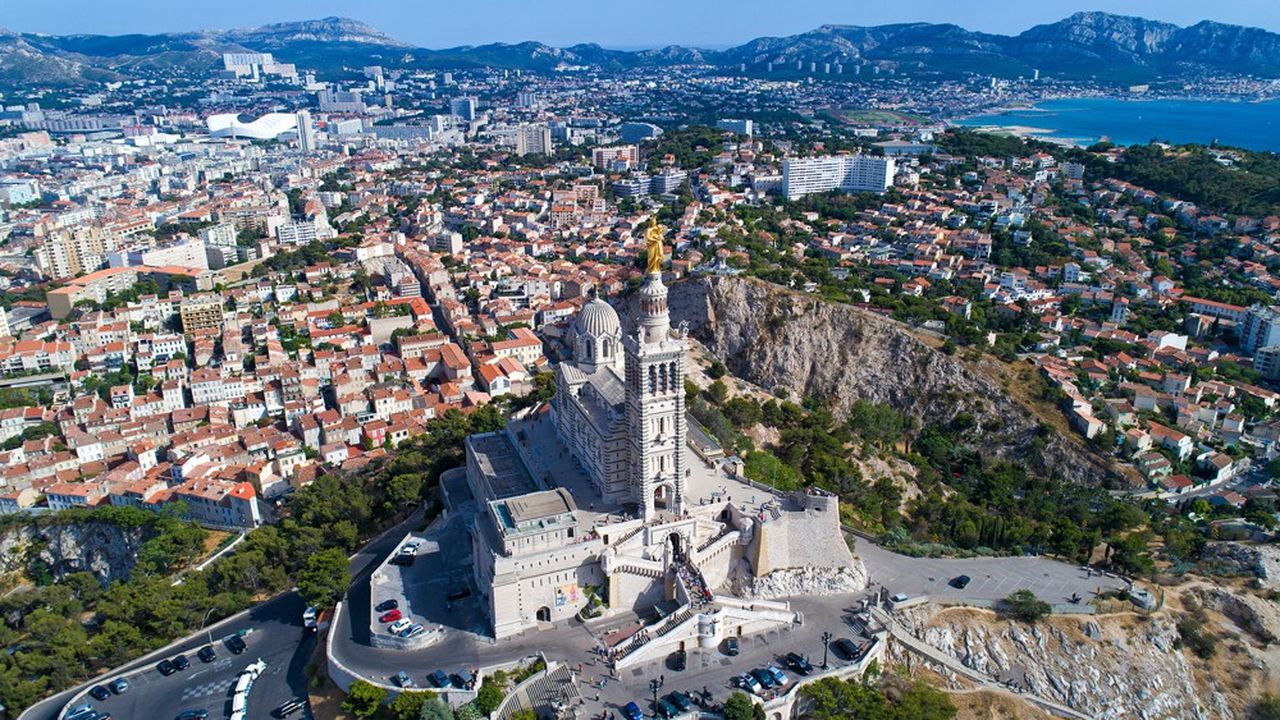Posted November 29, 2022, 7:00 AM
It is an incredible bet that Marseille, the most polluted city in France, ranked 26, has set itselfAnd on the European list of the Clean Cities campaign: becoming a model territory for the ecological transition by the end of the decade. It reached its first milestone this spring by joining the “100 carbon neutral cities by 2030” program launched by Brussels and will know by the end of the year if it will be selected among the 30 that will benefit from privileged technical and financial support, like nine other cities in France, including Bordeaux, Lyon, Dunkirk and Paris.
No fewer than 377 applications were submitted. “Marseille comes from afar, but was chosen for its willingness to carry out rapid and pragmatic initiatives to change the uses of the territory. Our ambition is to invent a new model of interaction between the city and nature,” explains the mayor, Benoît Payan.
Micro-mobility at the heart of the strategy
If it stays in the golden square, the city of Marseille will be able to count on part of the 360 million euro budget allocated by Europe for the first year of the programme, and multiplier effects. The project is colossal: Brussels estimates the objective of carbon neutrality in eight years at 10,000 euros per inhabitant, or almost 9 billion for Marseille, much more than other priority projects of the city such as the renovation of schools, quantified at 1.2 billion.
To become a pilot city for climate neutrality, Marseille, aided in this by the metropolis Aix-Marseille-Provence and the public institution Euroméditerranée, plans to rely on several pillars of action. The main one concerns transport. “Car traffic is now responsible for 45% of nitrogen dioxide (NO) pollution2) with a concentration almost five times higher than the World Health Organization’s recommendations,” notes Pierre Dornier, study coordinator for the Clean Cities campaign in France. And only 2% of its streets have cycle lanes. Micro-mobilities are at the heart of the city’s urban transition strategy. His plan provides for the construction of seven “cycling highways” that will serve the entire territory.
Marseille comes from afar, but was chosen for its willingness to carry out rapid and pragmatic initiatives to change the uses of the territory.
Benoît Payan, mayor of Marseille
A modal shift program for urban delivery logistics is also under construction at the National Interest Market (MIN): the site is currently investing 25 million euros with the Banque des Territoires to design “the largest urban photovoltaic power plant in France ” capable of recharging a large fleet of green energy electric vehicles to comply with the regulatory requirements of the low-emissions zone (ZFE) set up in September in the Marseille hypercentre. According to Ademe, the concentrations of nitrogen dioxide and fine particles could therefore decrease by at least 12%.
Decarbonise the building stock
The other major project concerns the decarbonisation of the housing stock. In this field, the Euroméditérranée eco-district, included last year among the 42 urban development operations supported by the Investments for the Future Program (PIA), already holds the leadership. Innovative residential complexes, new transport infrastructures, shops, public facilities, promenades, public squares… On this extension of 170 hectares north of the initial 310 hectares of 112And district of the city, is a real puzzle of the ecological and social urban transition that is taking place, piece by piece. “The ambition is to create the Mediterranean and coastal city of tomorrow, sustainable and innovative, offering an international dimension to Marseille with 30,000 inhabitants and 20,000 more jobs,” explains Laure-Agnès Caradec, chairman of the board of directors of the establishment. .
The centerpiece of this program is the Fabriques eco-district, designed by Bouygues Immobilier and Linkcity on an area of vast disused hangars inherited from Marseille’s past industrial prosperity. After Smarseille, the Eiffage demonstration island inaugurated before the health crisis, this program will include 250,000 square meters of floor area, of which 170,000 for 2,500 housing units with sea or hill views, offices and coworking spaces (44,000 square meters ), convenience stores (20,000 m2), but also schools, training campuses, residences for students, senior citizens and hotels, a media library and nursery schools.
Many shared services and places will also be created: concierge service, collective gardens, internet access for everyone, guest rooms, car-sharing vehicles, parking pools, etc. Estimated cost of the project: between 600 and 650 million euros. Almost 8,000 inhabitants and hundreds of companies and businesses will settle in this area.


